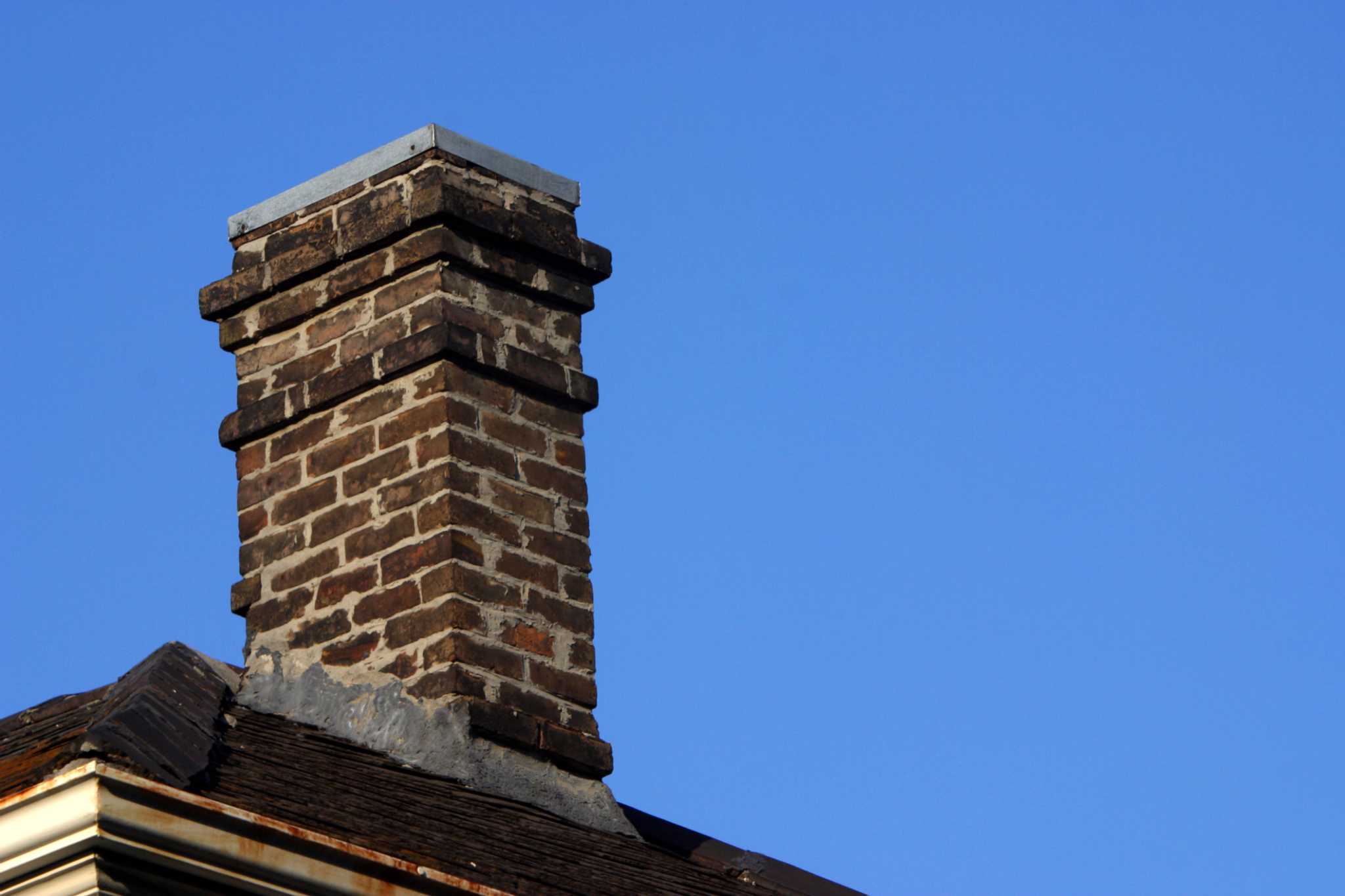So this is a bit complicated, I'll describe the situation as accurately as I can.
I own a home that is a duplex up/down. My father (85) lives on the first floor. The home has an existing masonry chimney with an 8" x 12" clay lining. There are two appliances currently using the flue: a pellet boiler in the basement and a wood stove on the first floor. The wood stove is on a lovely large granite hearth which extends into the room and up the wall. The thimble into the flue for the wood stove goes through this hearth wall.
I would like to replace the existing wood stove with a gas appliance, for reliability, safety, and ease of use (we get the occasional power outages her in Maine). What are my options? I'm considering just using a ventless stove since the use is primarily as an auxiliary/backup heat source. But the local propane company is balking at setting tanks because Maine is considering banning the use of the ventless devices.
My other option is to install a direct vent unit, but I would have to run b-vent up the existing flue, and then that would require an additional stainless vent for the pellet boiler. The granite hearth is large and it would be silly to leave it empty and move the location of the stove, and I'm not going to remove the hearth.
Any opinions or thoughts or other possible options? Maybe put a gas log set in the existing wood stove? But that's quite inefficient, right?
I own a home that is a duplex up/down. My father (85) lives on the first floor. The home has an existing masonry chimney with an 8" x 12" clay lining. There are two appliances currently using the flue: a pellet boiler in the basement and a wood stove on the first floor. The wood stove is on a lovely large granite hearth which extends into the room and up the wall. The thimble into the flue for the wood stove goes through this hearth wall.
I would like to replace the existing wood stove with a gas appliance, for reliability, safety, and ease of use (we get the occasional power outages her in Maine). What are my options? I'm considering just using a ventless stove since the use is primarily as an auxiliary/backup heat source. But the local propane company is balking at setting tanks because Maine is considering banning the use of the ventless devices.
My other option is to install a direct vent unit, but I would have to run b-vent up the existing flue, and then that would require an additional stainless vent for the pellet boiler. The granite hearth is large and it would be silly to leave it empty and move the location of the stove, and I'm not going to remove the hearth.
Any opinions or thoughts or other possible options? Maybe put a gas log set in the existing wood stove? But that's quite inefficient, right?



